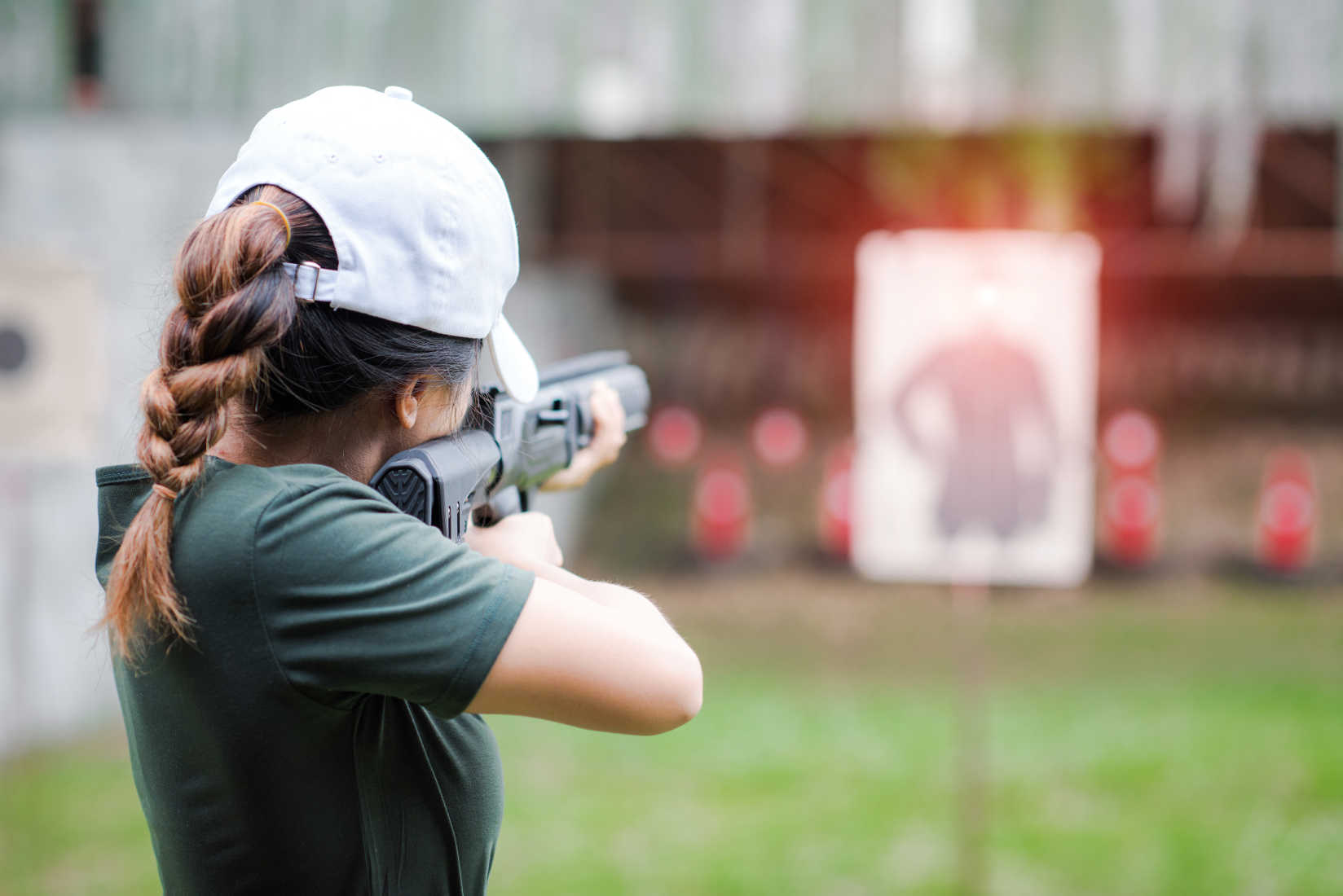By: Randy Tucker
The first lesson I passed on to my son when I took him out to shoot for the first time was an easy one, a lesson that every responsible adult should pass on to the next generation. “Never point a gun at anything you don’t want to destroy.”
That advice applies most importantly to living things, but in an age where vandalism and defacing property are thought of by many as simple “rights of passage,” it’s a lesson in other people’s rights as well.
After getting the point across that a weapon is a destructive tool, the rest is mechanics. How to aim, how to squeeze rather than pull the trigger, the basics of ballistics, adjustment for windage and distance and all the other myriad techniques that serious shooters learn every day for the rest of their life.
Shooting, much like any other skill, is something that is never completely mastered; wise people know that they can never “know it all.” Your interaction with weaponry, ammunition, and shooting is something that will never be conquered. But it’s a valuable skill to have, and some would say learning to shoot is even fun!
Selecting a Suitable Weapon
Selecting a weapon suitable for your child, wife, or grandchild to shoot is an important first step. At 6’1” and 220 pounds, recoil means a much different thing to a man than it does to a 5’2”, 110-pound 12-year-old boy.
My grandfather had me shoot a .12 gauge when I was eight years old. It didn’t knock me down, but I did get a bloody nose, and it’s a lesson I remember from more than half-a-century ago.
My dad, great-uncle, and grandpa got a big laugh out of it before my grandmother discovered what they had done, and it wasn’t such a fun time a few minutes later.
Some kids just take to shooting naturally. Good athletes make good shooters – it’s just another phase of the magic of hand-eye coordination.
My son started shooting on a Coast-to-Coast bolt-action .22 rifle that I purchased in high school. My daughter started on a pink Cricket, also a .22, but with a bit shorter barrel and stock length than the Coast-to-Coast gun. After a box of shells, both of them were able to hit a two-inch circle at 50 yards consistently.
My daughter doesn’t shoot much anymore, but she knows how if she is ever in a position and needs to use a gun.
My son has taken off into the realm of long range shooting and big game hunting and is one of the best shotgun shooters I’ve ever seen. He likes to show off with a .12 gauge in each hand, shooting clays with his Remington 870 in one hand and a Mossberg pump in the other. He almost always knocks down both targets.
Teaching the Basics
What skills do you want to pass on to the next generation? Or for that matter, to your wife if she’s never fired a weapon?
My wife grew up in rural Eastern Wyoming in the town of Lusk, population 1,500, but until we were dating, she had never held a gun, much less fired one.
She still isn’t enthralled with shooting, but she can hit clays out of the thrower with one of our many 20 gauge shotguns and knows how to load, set up a shot, and fire. That may be as far as she ever gets with shooting, but she has the barest of fundamentals and could use a gun if she had to.
Shooting is an art, a mechanical one sure, but still a form of art in motion. Putting the bullet or pellets exactly where you want them to go is a skill that takes time to master. Some learn faster than others, but once a person knows how to load, aim, fire, unload, clean, store, and protect a weapon, they have the basics.
Whether that’s as far as you’ll get, or if you’re winning 1000-yard distance shoots and hitting 25 out of 25 clays on the range is up to you, your God-given talent, and your diligence.
Randy Tucker is a retired history teacher and freelance writer from western Wyoming. He has a lifetime of experience in farming, ranching, hunting and fishing in the shadow of the Wind River Mountains. Contact him at [email protected].

